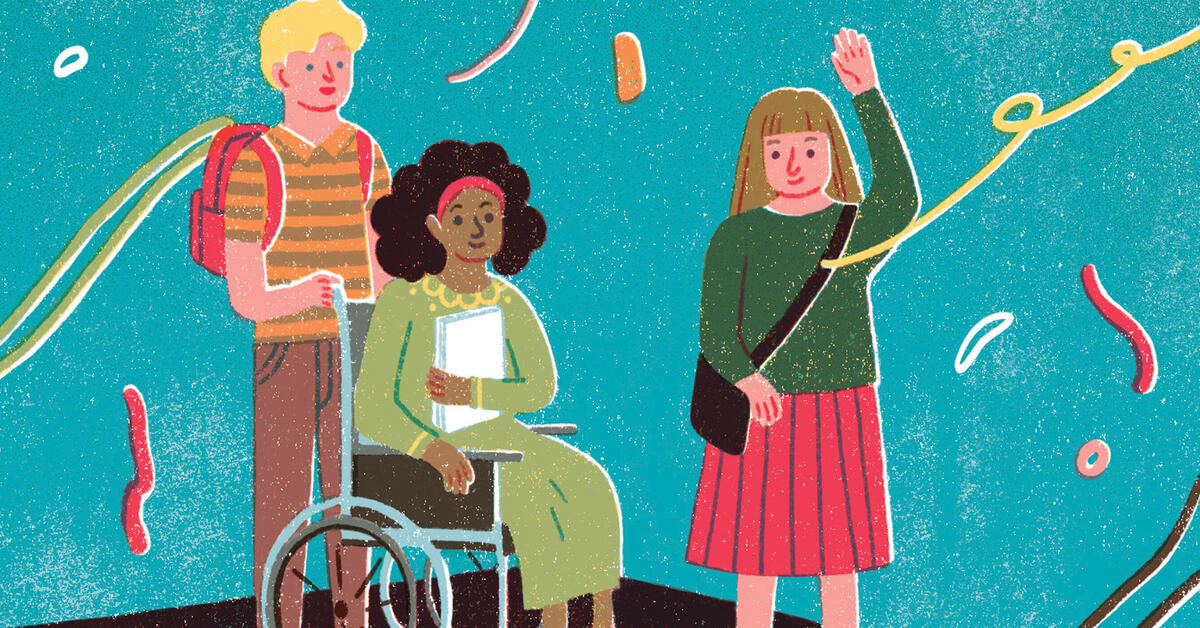Introduction
The discussions about disability in education might have changed significantly over time as it transitions from a more medical-oriented model to a more social one focusing on inclusivity (Jenson, 2018). We used to see it as a medical issue, but now we understand it is more complex than that. According to this new perspective, disability would not be limited to a medical condition. However, disability will be viewed as influenced by social, political, and educational factors, and we need to consider all of these. This shift in perspective means we may be more understanding of people with disabilities.
The Medical Model: A Historical Perspective
The medical model of disability historically viewed individuals with disabilities as needing treatment or cure, emphasizing limitations and deficits. This approach resulted in segregated educational practices, where students with disabilities were often isolated in separate schools or classrooms, emphasizing their disability rather than their potential. (Masuku, Mathe, & Sithole, 2021). However, this model might also play a crucial role in addressing specific needs and interventions for individuals with disabilities, recognizing the importance of medical support in some cases.
For example, the DSM-5 (2013) illustrates that the medical model of disability is the classification and treatment of Autism Spectrum Disorder (ASD). The DSM-5 provides specific criteria for diagnosing ASD, focusing on deficits in social communication and interaction and restricted, repetitive patterns of behavior. Under the medical model, interventions for ASD may include behavioral therapies or medical treatments aimed at managing symptoms, apart from the aid of educators in the classroom environment.
The Social Model: A Paradigm Shift
The social model of disability recognizes societal barriers and prejudices that contribute to the disabling process rooted in social constructionism. It emphasizes creating an inclusive environment where all students can learn and participate equally, regardless of their abilities. This model aids in creating systemic changes in educational settings, including curriculum adaptations and supportive policies, to accommodate diverse learners. The social model has been instrumental in underpinning inclusive education, shifting the focus from individual deficits to societal barriers, and promoting a holistic view of individuals (Jenson, 2018).
In a study conducted by Bogart, Logan, Hospodar, and Woekel (2019), it is evident that students with disabilities exhibit more positive attitudes toward disability, favoring the social model over the medical model. This model perceives disability as a societal construct, highlighting the role of societal attitudes and structures in creating barriers for individuals with disabilities. Therefore, it can be said that this perspective is crucial for policy changes to reduce inequities and promote inclusive practices (Bogart et al., 2019).
Inclusive Education: A Harmonious Blend
According to Jenson (2028), inclusive education emerges as a response to the limitations of both models. The objective is to incorporate students with disabilities into regular classrooms by providing personalized support and resources. This approach, however, requires changes in attitudes, teaching methods, and policy frameworks. Inclusive education, guided by the social model, promotes a learning environment where differences are appreciated and every student gets the same opportunities to succeed. Nevertheless, in practical application, the social model sometimes fails to consider individual experiences and limitations, emphasizing the need for a balanced approach that considers medical and social insights. (Jenson, 2018).
Conclusion
The journey towards fully inclusive education is ongoing. It requires a continuous effort to break down societal and educational barriers, ensuring all students have access to quality education regardless of their abilities. By embracing the principles of both the medical and social models, educators and policymakers can create a more inclusive, supportive, and empowering educational landscape for all learners. As Jenson (2018) mentions, “The medical model is not the enemy of disabled people, but its concepts and practices benefit them in a different way. If the social and medical model combined their positive qualities, this encompassing model would be advantageous for these individuals and society as a whole (p.56)”.
References
American Psychiatric Association. (2013). Diagnostic and statistical manual of mental disorders (5th ed.). American Psychiatric Publishing. Retrieved from https://ia800900.us.archive.org/0/items/info_munsha_DSM5/DSM-5.pdf
Bogart, K. R., Logan, S. W., Hospodar, C., & Woekel, E. (2019). Disability models and attitudes among college students with and without disabilities. Stigma and Health, 4(3), 260–263. https://doi.org/10.1037/sah0000142
Jenson, K. (2018). Discourses of disability and inclusive education. He Kupu, 5(4). Retrieved from https://www.hekupu.ac.nz/sites/default/files/2018-11/09%20Jenson.pdf
Masuku, M. M., Mathe, V. C., & Sithole, M. S. (2021). Restoring inclusive education: A paradigm shift from a medical to a social model among disabled learners. Journal of Sociology and Social Anthropology, 12(3-4), pp. 97–105.

Leave a Reply